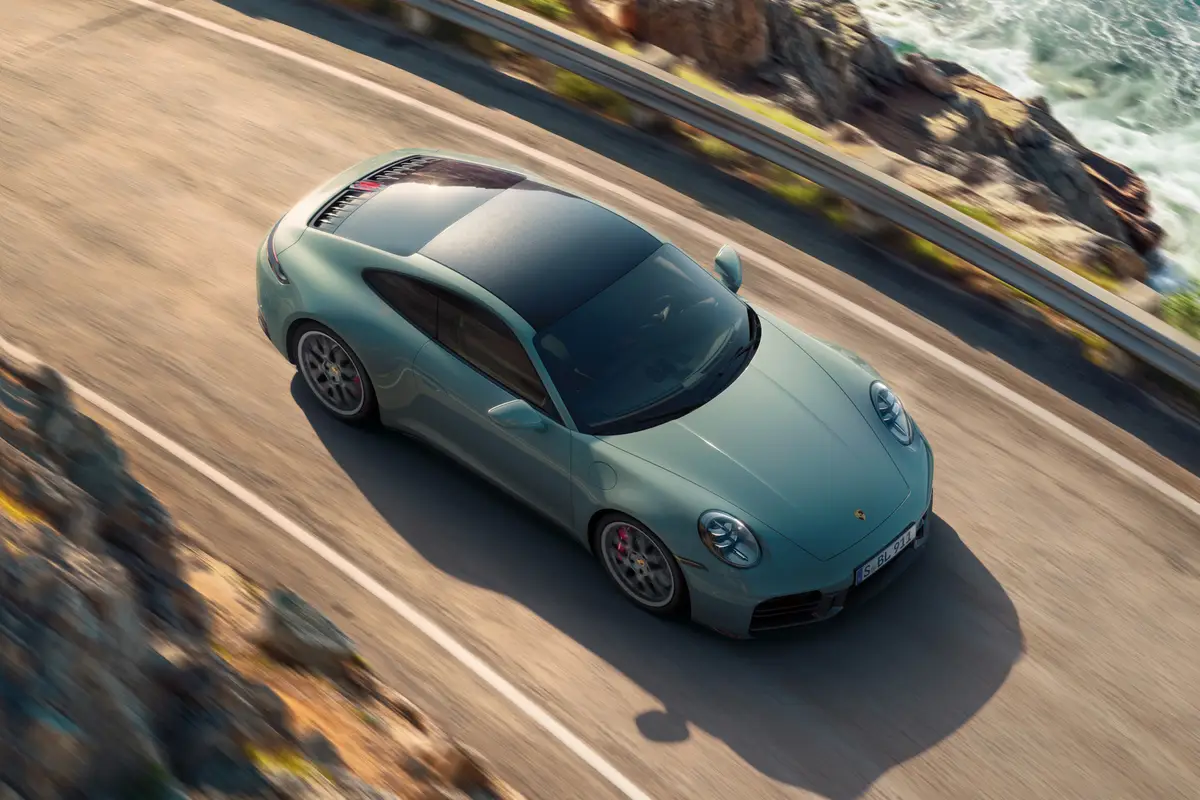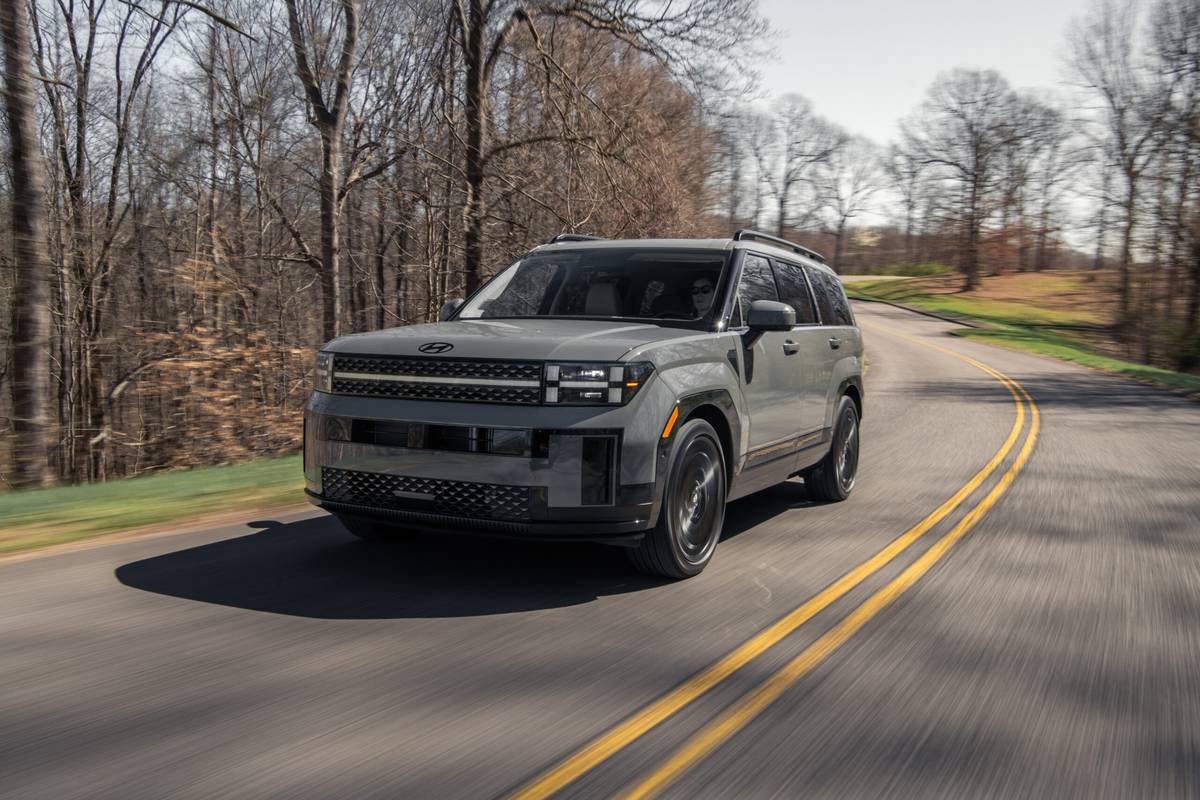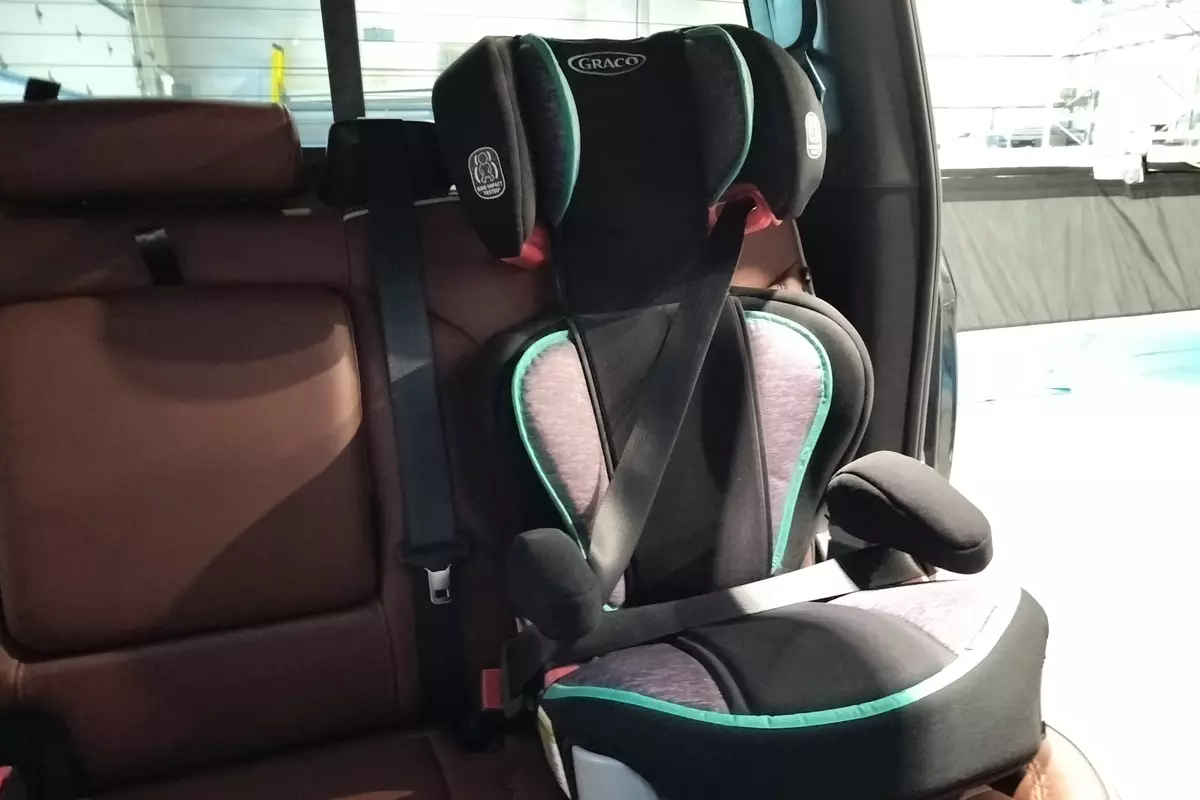chicagotribune.com's view
Deja vu all over again?
Ford Motor Co. had a problem with its small Bronco II sport-utility vehicle sold between 1984-1990.
The machine stood tall but was built on a short wheelbase, the formula to tip if not topple when attempting a corner at speed, especially when dressed with oversized radial tires popular for off-roading.
After consumers, public-interest groups and the federal government complained about that potential, Ford replaced the Bronco II in 1991 with Explorer, a new vehicle far more stable because it was longer and larger. Bronco II was quickly forgotten, by consumers if not by lawyers.
Now Ford has a problem with the Explorer, which with certain 15-inch Firestone radials could tip and topple when the treads separate from the carcass in corners, turns and straightaways or simply pulling into the driveway.
The Mercury Mountaineer has the same problem, but because Explorer outsells Mountaineer about 6 to 1, all the attention has focused on Explorer. Mountaineer is built off the same platform and was added to the Mercury lineup in the 1997 model year to give Mercury an SUV.
Early next year, Ford brings out a redesigned Explorer/Mountaineer that’s longer and larger than current models.
It’s not that Ford wanted to replace the Explorer/Mountaineer with a more stable vehicle, though the two should be more roadworthy based on the dimension changes, but that Ford wanted to replace the current compacts with midsize SUVs to offer a third row seat in back for the kids.
What has it got to do with the tires?
Nothing, Ford says, though after problems surfaced with the 15-inch Firestones, Ford acted quickly and those 2002 successors will offer a choice of Firestone, Michelin or Goodyear radials — in 16-inch variety.
When a 2002 all-wheel-drive Mountaineer arrived for testing, it came with all-season Goodyears.
No doubt some consumers will ask whether the 16-inch tires on the 2002 Explorer/Mountaineer will exhibit any of the problems that the 15-inch tires did on the 2001 and older models? Of course, no one knows — and it took about nine years for the problems to come to anyone’s attention in the first place. But we digress.
When first we saw the 2002 Mountaineer up close, it was at a preview Ford held in a remote location outside Las Vegas for a handful of invited scribes and a few uninvited desert varmints. The scribes were the ones holding notepads.
J Mays, head of design for Ford, explained that 2002 is the first year in which Explorer and Mountaineer sport different styling to avoid the clone tag.
Mountaineer, he said, has the more genteel car-like design, Explorer the more rugged truck-like look. Mountaineer is aimed at those who want AWD for off-roading, but for whom off-roading is pulling onto the shoulder to reach the mailbox.
Genteel? Mountaineer has a front end similar to that of the concept GMC Terra dyne SUV/truck that appeared on the auto-show circuit a year ago. Bold, without being sinister. Plastic bumpers front and rear and lower plastic body cladding dress Mountaineer well.
The styling is more in keeping with that of a Lexus RX300 than a Lincoln Navigator, appropriate because the RX300 is Mountaineer’s main rival.
Mountaineer also has new dimensions, with wheelbase stretched 2 inches and overall length 1.5 inches and track widened 2 inches for better road stance and a feeling of stability and control. The 16-inch radials also contribute to the luxury sedan-like ride and handling.
The most noticeable change is the added 2 inches in cabin width for more arm and hip room and stretch space.
Mountaineer/Explorer have moved up to midsize dimensions for 2002, just like the Chevrolet TrailBlazer, GMC Envoy and Oldsmobile Bravada from rival General Motors that follow them to market next year.
To fill the compact SUV void, Ford offers the E cape. Lincoln Mercury won’t get a version.
Ford insists owners of the current vehicles have been asking for a third-row seat and that’s why Explorer/Mountaineer are bigger for 2002.
At GM, TrailBlazer and Envoy will get third seats, too, but not for another year.
Adding a third seat is one thing. Creating sufficient room to get to that seat is another. Ford came up with a passenger-side second-row seat that flips and glides forward to create an access aisle. But while the seat flips and glides out of the way, the metal rail the seat rests on doesn’t move and you’ll have to step over it.
And there’s not much room behind the third seat for cargo. If you need cargo room more than you need two more passengers, the third seat folds flat.
For 2002 the optional 5-liter, 215-horsepower V-8 is replaced by Ford’s 4.6-liter, 240-h.p. V-8, which seems more alert moving off the line and feels like it has a little more muscle to tow heavy loads. But, you’ll pay for the pep at the pump. The AWD Mountaineer is rated at 14 m.p.g. city/18 m.p.g. highway, numbers as ominous as $2 a gallon gas.
Mountaineer will be offered in two-wheel or full-time all-wheel-drive with no buttons to push or levers to pull. There’s also no button or lever to engage a four-wheel low gear for heavy snow, deep sand or steep hills, but keep in mind that off-road to Mountaineer means the mailbox run.
Base price of the 2002 AWD Mountaineer is $30,610. Standard features include four-wheel anti-lock brakes, air conditioning, floor and overhead consoles, power driver’s seat/windows/locks/mirrors, a pair of power plugs, AM/FM stereo radio, remote keyless entry, cruise control, fog lamps, tilt steering and rear window washer/wiper/defroster.
Deployment speed of the driver/passenger-side air bags is based on such factors as impact speed and whether occupants are belted. To ensure you buckle up, Mountaineer comes with Beltminder, an irritatingly loud chime that blares every few seconds should you pull away sans belt.
One option that should be high on your list is curtain air bags that deploy in side impacts to protect first- and second-row occupants — a $495 option.
The test vehicle also came with a $255 Reverse Parking Aid, sonar sensors in the rear bumper to set off an audible warning in the cabin if an object is in your path when backing up. It also can be used if you parallel park often.
As too often is the case with Ford Motor Co. vehicles, options come in costly packages, such as $1,685 for a luxury group to get heated seats, $690 for an audiophile package to get a CD player and $325 for a convenience group to get automatic headlamps.
Power adjustable brake/gas pedals, which bring those pedals to the driver so he or she doesn’t have to bring the seat too close to the steering column and its air bag, won’t be added as an option until later in the model year and then as part of th e convenience package. How inconvenient!
Latest news



